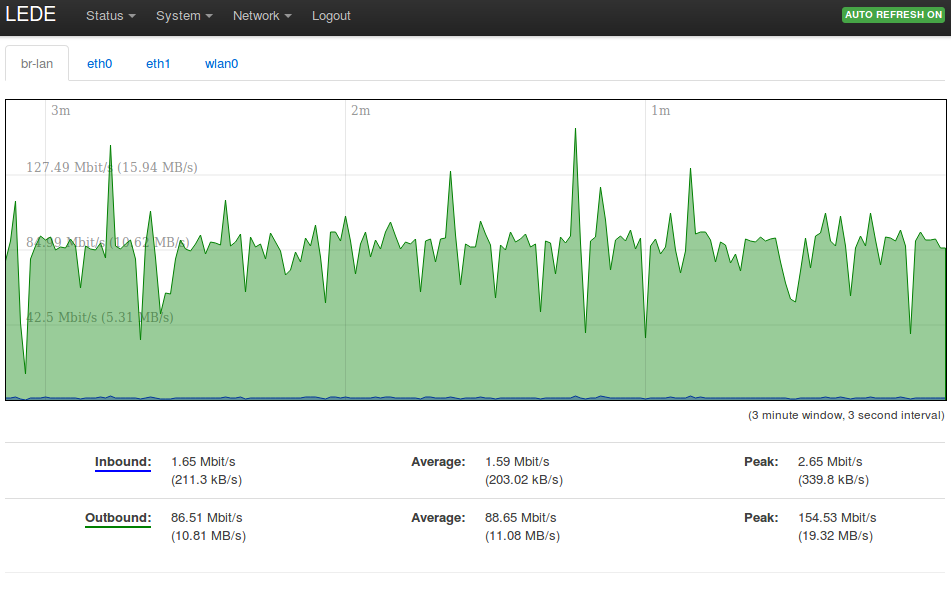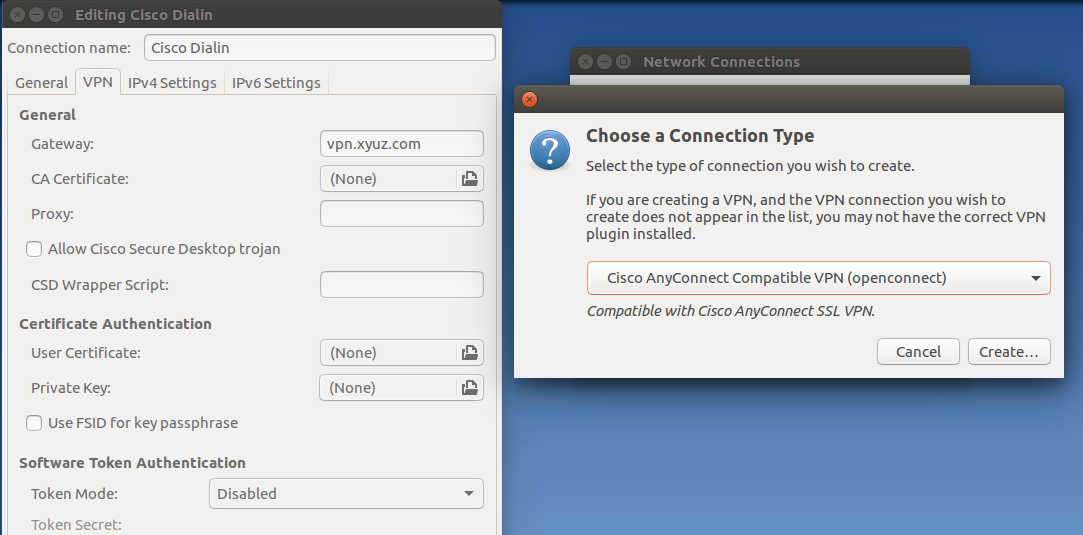Yes, I know, there isn’t much of meaning left behind certain words such as open, free, unlimited or flat. People including myself do and have to get used to it and look below the surface, i.e. the pages of fine print attached to a contract. The latest twist that I’ve recently come across thanks to a report on Teltarif is that a telephony flat to the national fixed network of one of the bigger resellers in Germany is actually not a flat at all, as over 4500 fixed net destinations with normal national destination codes (‘Vorwahlen’ in German) are excluded and billed per minute!
Continue reading When A Telephony Flat is Not a Telephony Flat…

